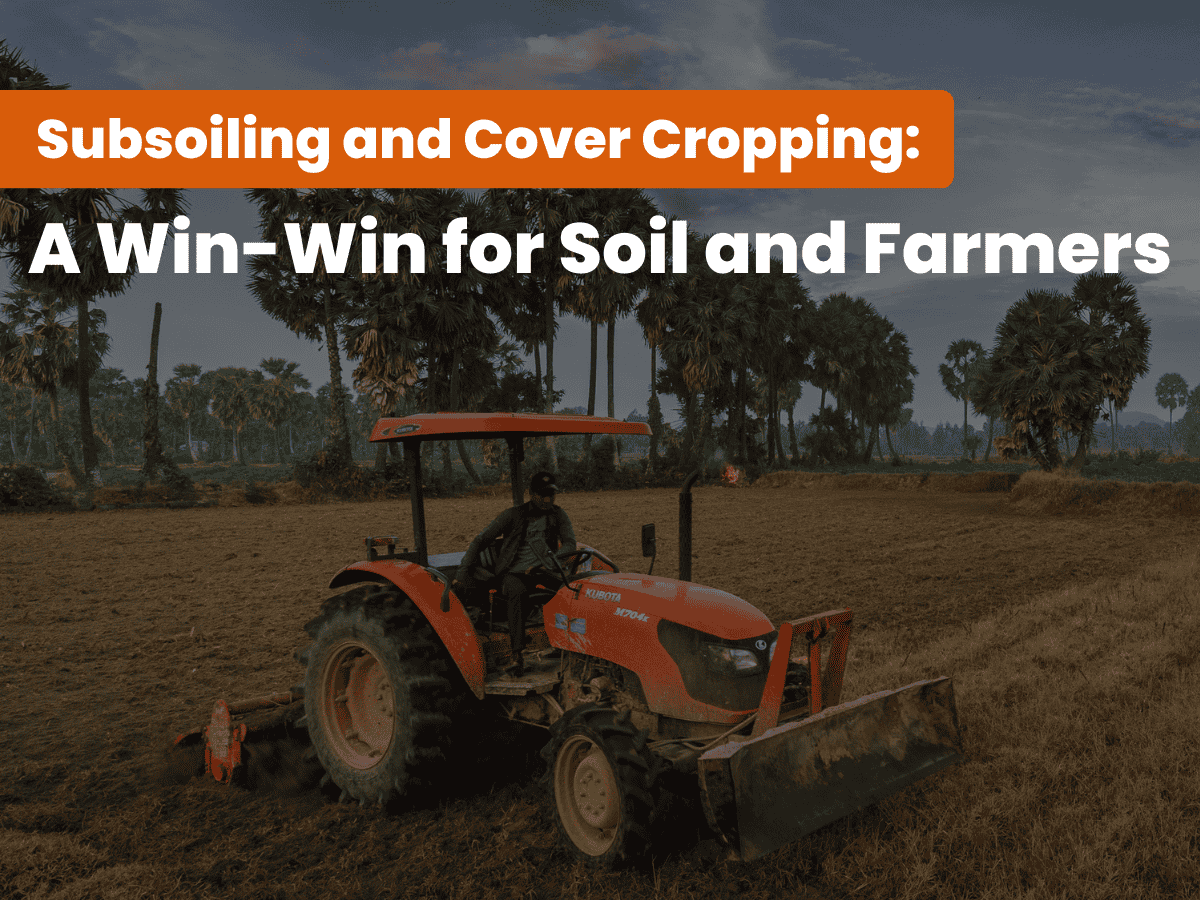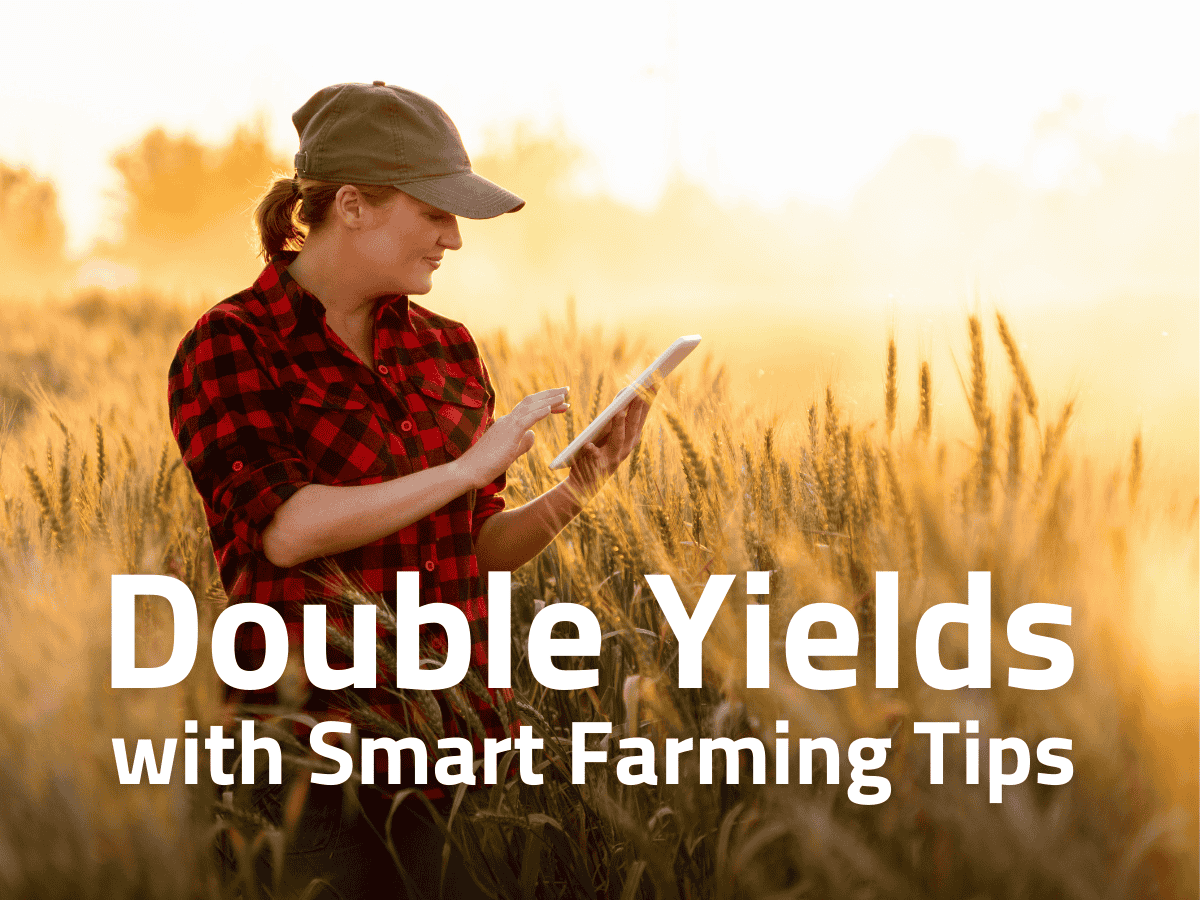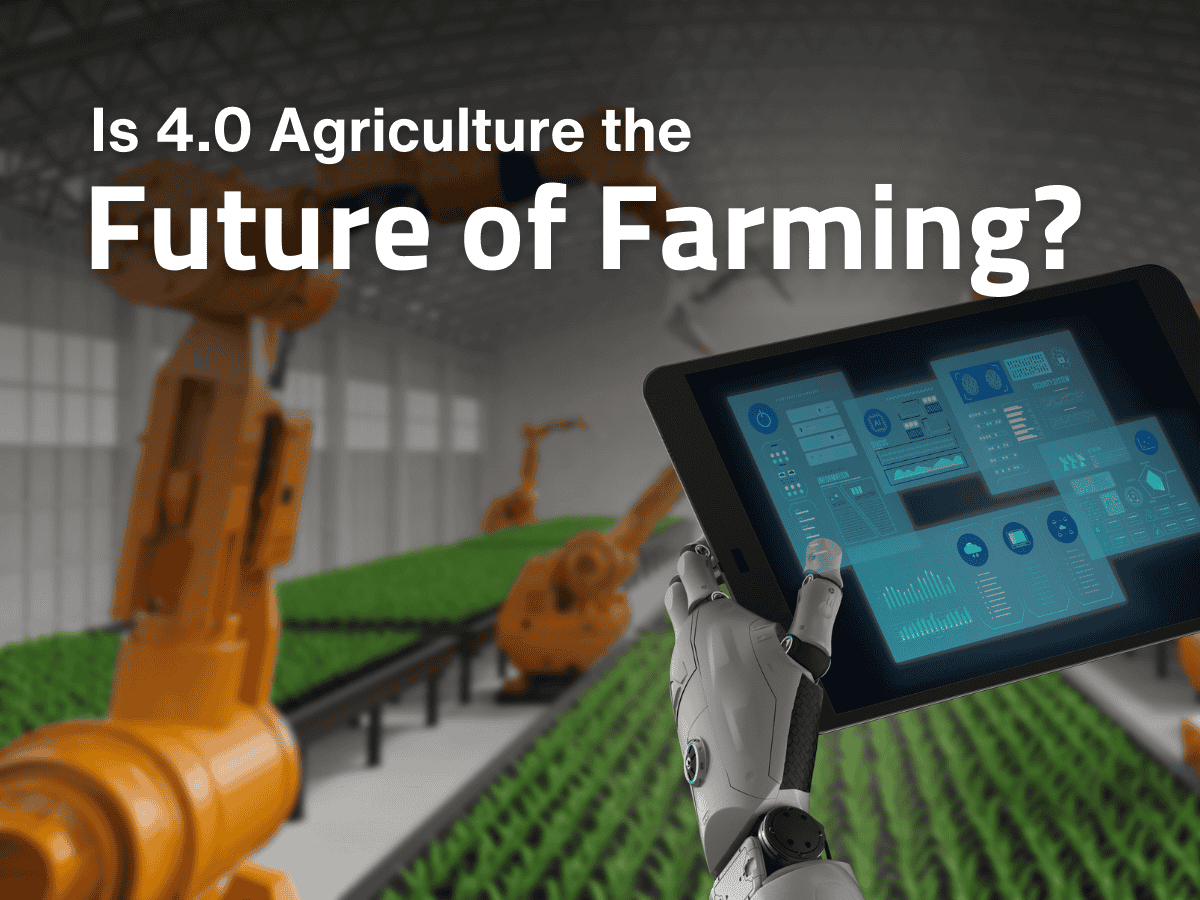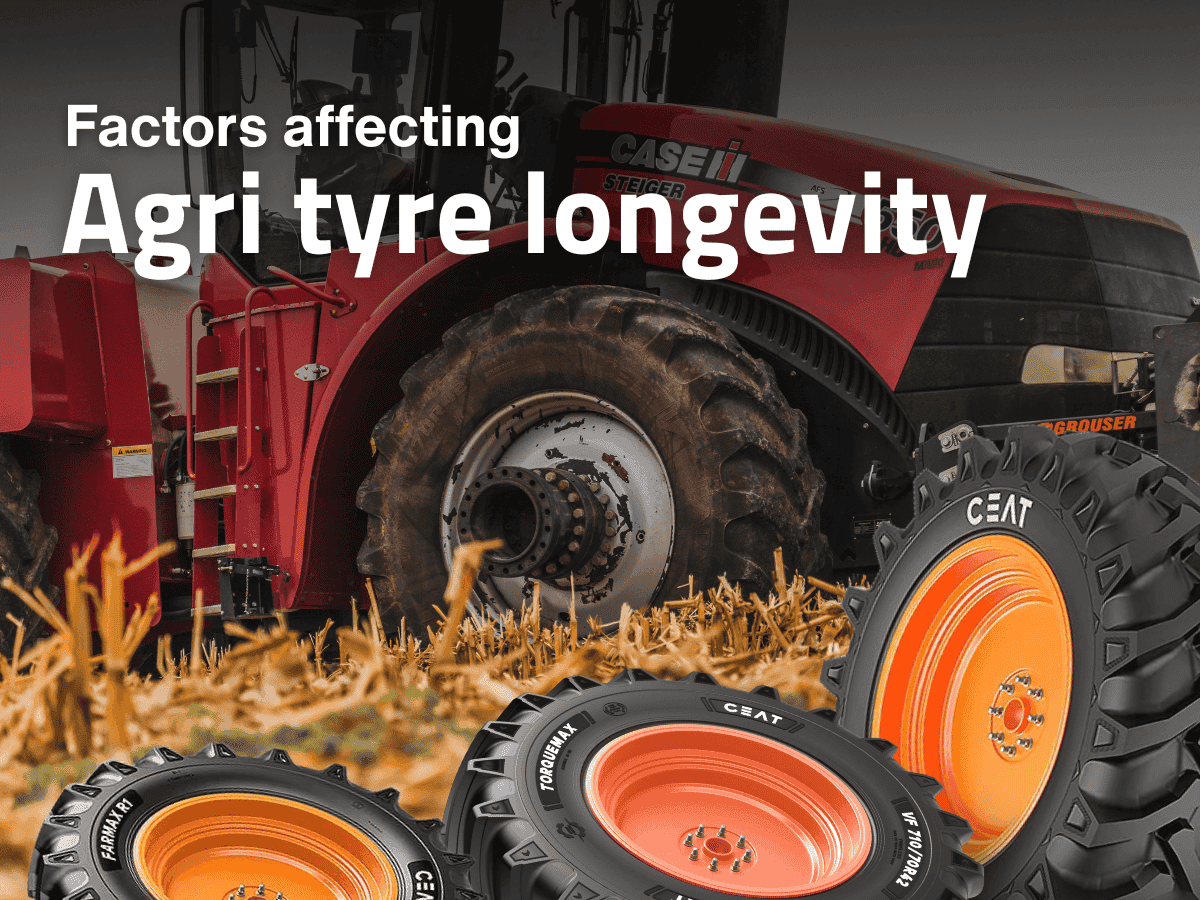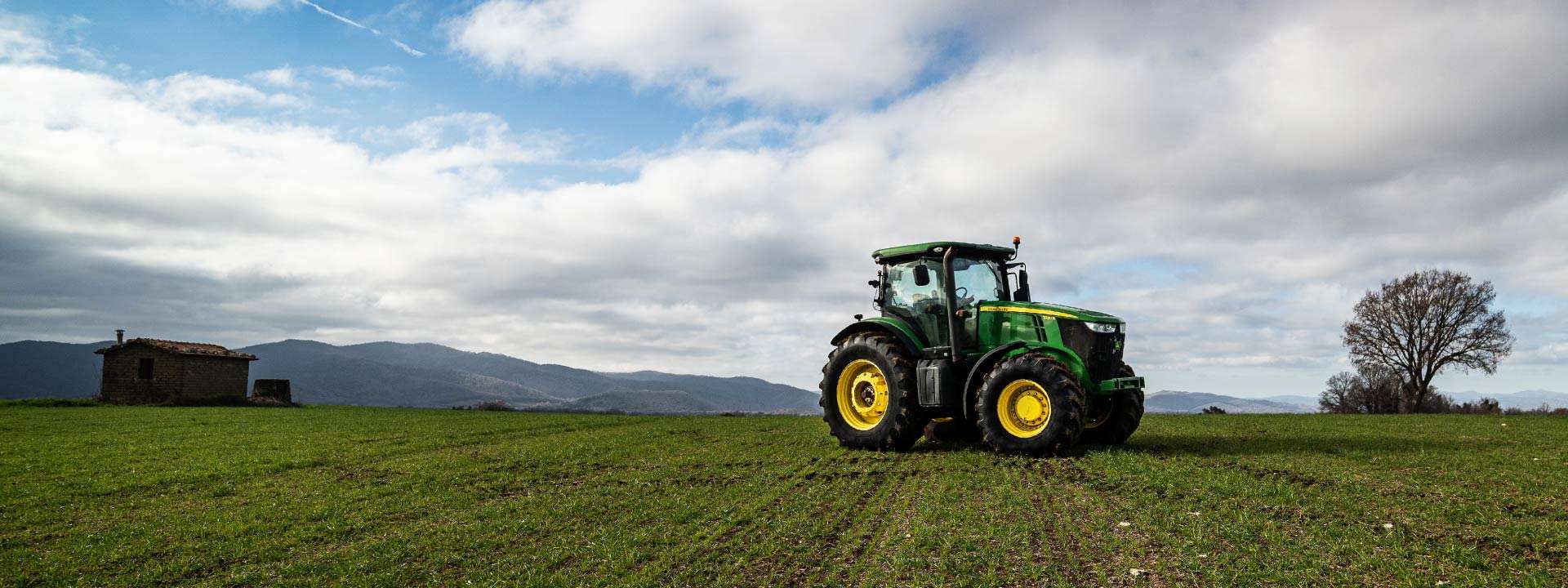agriculture
Enhancing Farm Efficiency: The Latest Agricultural Machinery
Wed, 15 Jan 2025 | agriculture
With an ever-growing global population and a rapidly changing climate, the pressures on farmers to produce more with fewer resources have never been higher. Traditional farming methods are no longer enough to meet these demands, and technology has stepped in to revolutionise the industry. Agricultural machinery, in particular, is playing a pivotal role in increasing efficiency, reducing labour costs, and enhancing productivity.
In this blog, we’ll explore the latest advancements in agricultural machinery and how they are transforming the farming landscape.
The Evolution of Agricultural Machinery
Agricultural machinery has evolved significantly over the past century. In the early days, tools like plough and threshers were manually operated, requiring large amounts of labour. Over time, mechanised solutions such as tractors, harvesters, and combines became the mainstay of modern farming. Today, we are witnessing the next evolution in agricultural machinery—machines that are more efficient, powerful, smart and sustainable.
The Role of Precision Agriculture
At the heart of modern agricultural machinery is precision agriculture, a technology-driven approach that uses data and advanced machinery to improve farming efficiency. By integrating satellite imaging, GPS technology, and IoT (Internet of Things) devices, farmers can now monitor their crops and fields in real time, ensuring that every action taken on the farm is data-backed and optimised for performance.
One of the most significant benefits of precision agriculture is that it enables farmers to make more informed decisions regarding irrigation, fertilisation, and pest control. By using sensors to monitor soil moisture and nutrient levels, for example, farmers can apply water and fertiliser only where it’s needed, avoiding waste and ensuring optimal crop yields. This approach saves resources and leads to better crop health and more sustainable farming practices.
Drones and Aerial Imaging
Drones are becoming an essential tool in modern farming. These small, unmanned aerial vehicles are equipped with high-resolution cameras and sensors that can capture aerial images of fields, providing farmers with valuable insights into crop health, soil conditions, and pest infestations. Drones allow farmers to monitor large areas quickly and efficiently, something that would be difficult or impossible to achieve with traditional methods.
Aerial imaging also allows farmers to conduct more precise crop monitoring, enabling them to spot problems early and take corrective actions before they become major issues. For example, drones can detect areas of the field with insufficient irrigation, or identify early signs of disease, allowing for targeted interventions rather than broad, indiscriminate treatments.
Advanced Planters and Seeders
Modern planters and seeders have come a long way from their manual counterparts. The latest models are equipped with advanced technology to ensure that seeds are planted at the optimal depth, spacing, and density for maximum yield. These machines use GPS and soil sensors to adjust the planting process in real time, taking into account varying field conditions and soil types.
For example, some planters now come with variable rate technology (VRT), which allows farmers to adjust the amount of seed being planted depending on the specific needs of the field. If certain areas of the field have richer soil, the planter can reduce the seed rate, while poorer areas may receive more seeds to ensure consistent growth across the entire field.
Crop Protection and Spraying Systems
Crop protection systems have also seen significant advancements. Modern spraying equipment is designed to apply pesticides, herbicides, and fertilizers more efficiently and precisely. These sprayers are equipped with sensors that detect the presence of weeds, pests, or diseases, allowing them to target only the areas that need treatment, thus reducing chemical use and minimising environmental impact.
Some of the latest systems even incorporate drones or robots that can perform spot spraying, reducing the amount of chemical runoff into the environment. This precision in spraying helps farmers lower their costs and minimize their environmental footprint, while also improving crop health by ensuring that treatments are applied only when necessary.
Data-Driven Farming: The Future of Agricultural Machinery
The future of agricultural machinery is increasingly cantered around data. As machinery becomes more connected, the amount of data generated by these machines is growing exponentially. Farmers can use this data to track every aspect of their farming operations, from soil health to crop yield predictions. Big data analytics and machine learning will enable farmers to analyse this data to make even more precise decisions, further enhancing efficiency and productivity.
For example, predictive analytics can help farmers forecast weather patterns, estimate crop yields, and optimize supply chains. This data-driven approach will enable farmers to be more proactive, making informed decisions that improve not just their bottom line but the overall sustainability of their operations.
Maximising Farm Output: Pairing Cutting-Edge Machinery with CEAT Specialty Tyres
CEAT Specialty's premium tyres are best fit to the latest agricultural machinery. Our advanced tread designs provide optimal traction and durability, perfectly complementing the high horsepower and advanced technology of modern farm equipment. Our focus on innovation ensures that our tyres are designed to withstand the demands of the latest machinery, maximising productivity and minimising downtime.
Conclusion
The latest agricultural machinery is transforming the farming landscape by making operations more efficient, sustainable, and productive. As technology continues to evolve, we can expect even more breakthroughs in agricultural machinery, making farming smarter, greener, and more efficient than ever before. The future of farming is not only about producing more—it’s about producing better, and agricultural machinery is at the forefront of this revolution.


